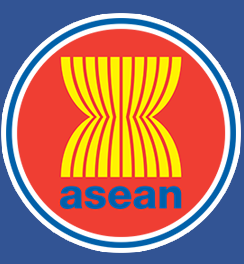ASEAN Journal on Science and Technology for Development
Abstract
This paper discusses the spatial trends of urban physical growth of several cities in Java. Six cities in Java (Jakarta, Bandung, Semarang, Yogyakarta, Surabaya, and Malang) were chosen as samples to represent the characteristics of cities in Java based on their geographic settings, including their topography, size, population density, and history of their development. The objectives of this study were: (1) to understand the variations in physical growth of cities in Java; and (2) to explain the spatial trends of urban physical growth of these cities based on their geographic settings. Multi-temporal Landsat satellite images were chosen as data sources to identify urban morphological development processes. Based on results of analysis, it was found that the physical growth of cities in Java has had relatively diverse variations in the aspects of urban settlements, infrastructure, and urban functions. However, the diversity of urban physical growth can be simplified into four types based on the dominant form of physical development. These four types were found to be (1) a compact-rounded city that is formed by the domination of a densification process; (2) a spread-elongated city formed by the dominance of an extensification process; (3) a compact fan-shaped city that is formed by natural physical conditions; and (4) a scattered-random city formed by the domination of a leapfrogging process.
Publication Date
8-30-2019
Recommended Citation
Djaka, Marwasta
(2019)
"Spatial Trends of Urban Physical Growth of Cities in Java, Indonesia, 1975–2015,"
ASEAN Journal on Science and Technology for Development: Vol. 36:
No.
2, Article 5.
DOI: https://doi.org/10.29037/ajstd.579
Available at:
https://ajstd.ubd.edu.bn/journal/vol36/iss2/5

